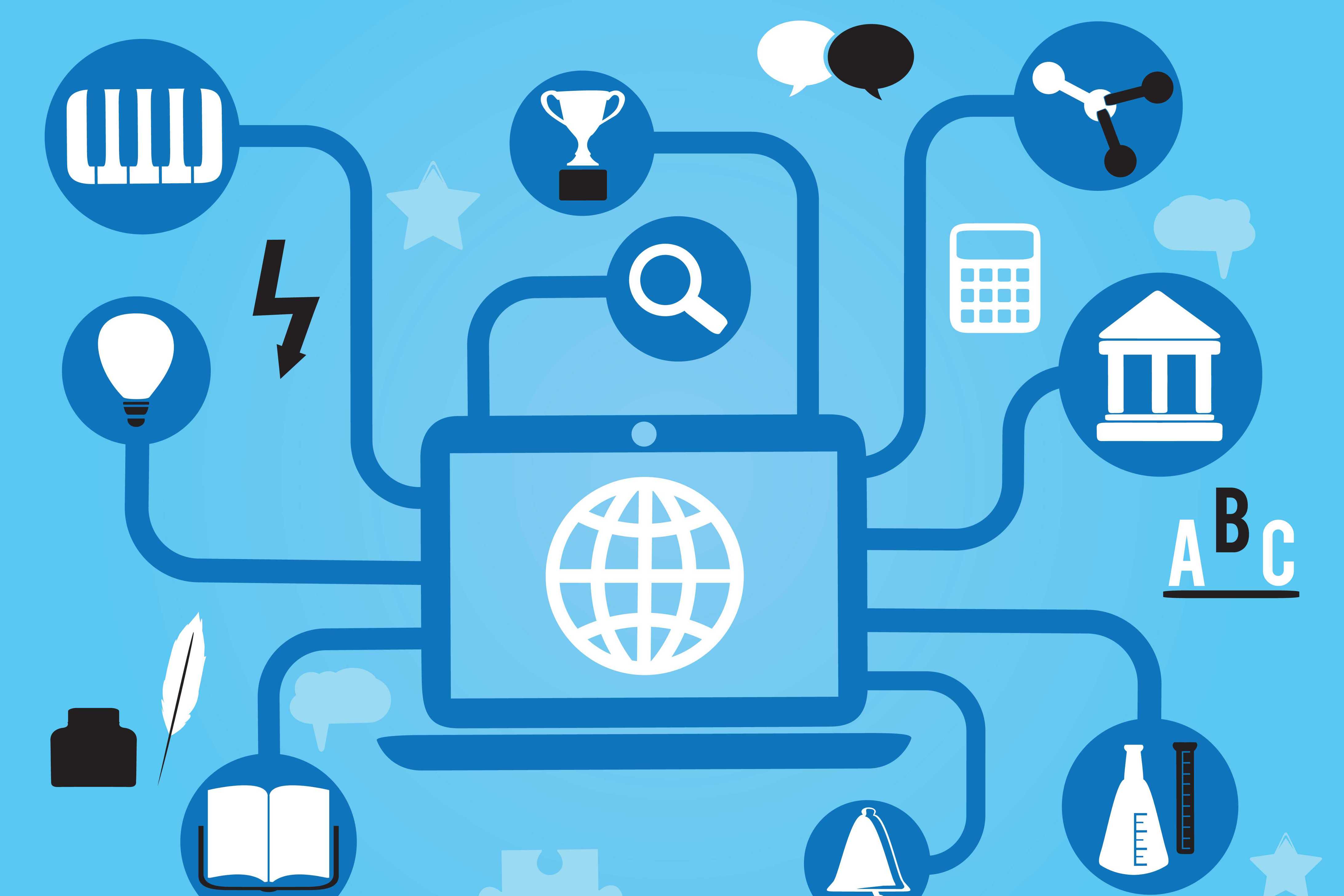So What? What are you going to do about it?
Knowing that something has happened and understanding ‘why’, doesn’t actual change anything. IoT solutions must have an element of response or action to effect a change, otherwise well, what’s the point? Knowing you’ve run out of stock and not replenishing it or noticing your water pipe is leaking and leaving it. Why did you bother investing in the infrastructure and solution to let you know in the first place. Pointless! The power of automated response should not be underestimated given the rapid advances being made in this area.
Responses will vary according to….. well everything
Your actual response will vary based on your business and based on your implementation plan. It may well be enough for phase 1 that the response is left to a person to determine what to do and that during a later phase some or all actions could be automated. This is important to remember when your IoT provider starts painting a grand plan on how IoT could transform your business. Big vision, small steps are my suggestion.
For example, consumer health and safety. A retailer initiates an order for some perishable goods, fish perhaps, on their SAP ERP system. SAP ‘does its thing’ and the order is placed with the supplier and scheduled for delivered. A lorry arrives with the fish in the back, the condition of which has been monitored using one of more IoT sensors for temperature, humidity etc. Let us suppose the temperature threshold has been exceeded, for a specified period at some point during the journey and hence the fish is spoiled and unfit for human consumption. Before IoT-based monitoring, this would not have been known and the product could have ended up causing food poisoning.
The IoT solution first flags the event (temperature tolerance exceeded) and then flags to SAP that a response is required to ensure:
- The goods are rejected
- That a replacement is required, or not
- Payment is not made until the replacement has been confirmed satisfactory.
It is not for the system to understand or worry about how to get the order replaced, it merely supplies the business event to the ERP system, which then takes care of the response.
By their nature then, the best value is often derived by integrating IoT rather than replacing existing business systems. IoT is a feed that allows them to make better decisions.
Causation and response drive a feedback loop
The relationship between Causation and Response is an interesting one, given that in many cases it is possible to create feedback loop between the two, in order to help build a more effective cause & effect model. For example if you are using an IoT solution to track mobile inventory in a field engineering context, then you can use the real data you collect about how parts are used to solve problems and combine it with reliability data to improve the likelihood that the engineer has the right parts and tools to fix the job.
The outcome will be better first time fix rates, happier customers, reduced churn and improved workforce efficiency, plus happier employees as no one likes to have to re-visit a customer they have let down the first time.
Connecting devices is central to many a transformation agenda
One of the most frequently touted advantages of IoT is the ability to provide different procurement paradigms to their customers. It is a well worn truism but the ability to genuinely innovate and differentiate your offering in the market will heavily reflect on whether you will have a business in the future To quote Pierre Nanterme, CEO of Accenture:
‘Digital is the main reason just over half of the companies on the Fortune 500 have disappeared since the year 2000’
In many of the customers I have worked with over the last two years, IoT is central to their Digital Transformation agenda. Traditionally, if you (say) wanted a crane for construction projects you needed to invest substantial capital and buy one from the manufacturer. When the crane wasn’t being used it was still being paid for, in some manner. Given that IoT can provide visibility on how and where machinery is being used then it is possible to construct new commercial models that allow crane manufacturers to offer ‘pay as you use’ models. This is similar in principle to the utility models offered by Cloud vendors such as Microsoft and AWS.
Of course, they still have to manufacture the crane, at substantial cost, and only one client can use it at the same time, so it isn’t quite as straightforward! Perhaps the first step of offering preventative maintenance on a crane is the easiest one to deliver. Effectively, the Response action from IoT allows commercial contracts to be constructed to reflect use of the asset, backed up with uptime-based maintenance. This is a clear differentiator in the market, the concept of only paying for what you use is attractive to any consumer.
In summary
Response is what you determine you need to best do to control or counter the event(s) that are impacting your business. IoT can flag events that would otherwise be unknown and/or bring these events to your attention more quickly so that you are able to take some mediating action. Automated response is what makes IoT and the related disciplines a fascinating place to be at the moment.
This article was originally published by IOT Advisory Consulting and is reproduced with the kind permission of the author.
If you wish to share your thoughts on this article, you are welcome to comment below, or to contact the author through the Contact Form or by phone on +44 7585 773093.

